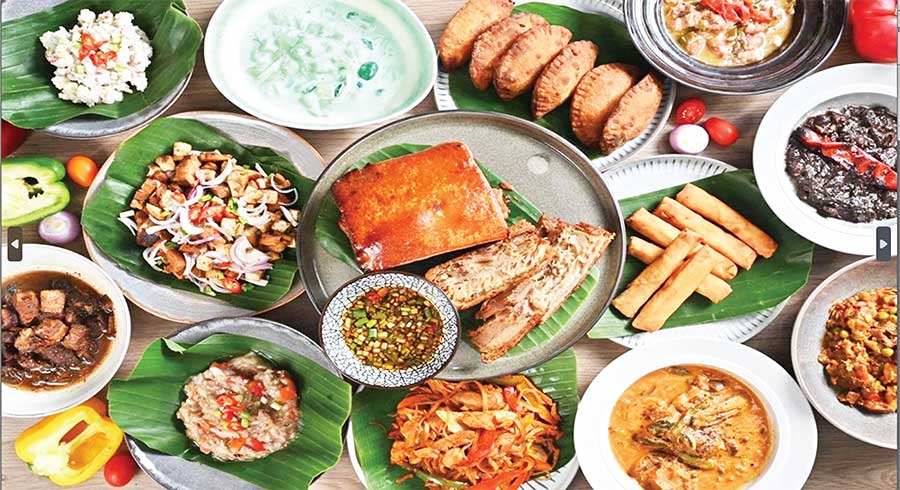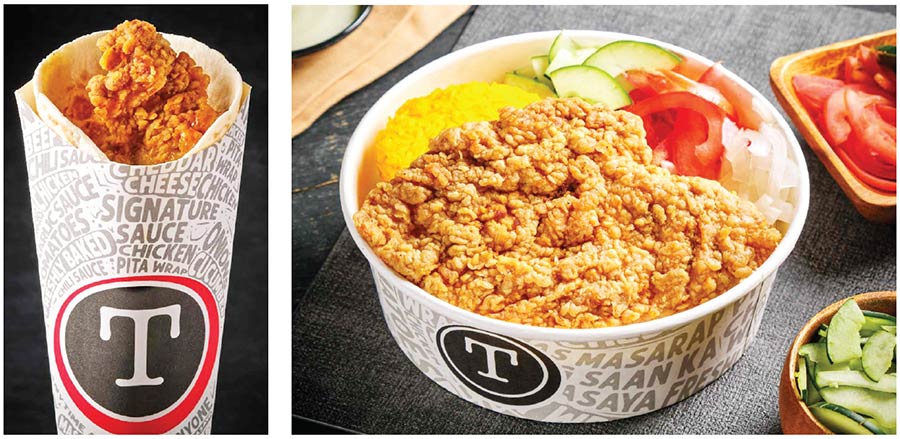Filipino food has seen a meteoric rise in international acceptance in the last few years, with a number Filipino restaurants receiving rave reviews from critics and customers alike.
Domestically, many chef-driven establishments such as Toyo, Hapag, Gallery by Chele and many more are looking to Filipino ingredients, cooking techniques, and culture as inspiration for exciting new dishes.
But looking forward should not mean that present and future chefs should leave Filipino heritage cuisine behind. With many dishes slowly fading into obscurity, celebrating Filipino food month is the opportune time to keep these old favorites alive as these heritage recipes give insight to the food culture of Filipinos nurtured and enjoyed throughout the country’s rich history.

Chef Jam Melchor, founder of the Philippine Culinary Heritage Movement highlighted the need to emphasize the different regional dishes. “The most important thing for Filipino food month is to highlight the dishes in the different regions in the Philippines. Not just the usual dishes like adobo or sinigang, but traditional dishes that were born across provinces,” he said.
“There are many ingredients, produce, and heirloom dishes passed down from our ancestors, and these are the things that should not disappear. If the discussion about heritage dishes and ingredients stops, if the conversation ends, we run the risk of losing them,” he added.
One of the examples he pointed out was the heirloom rice in the Philippines. Melchor noted that the majority of the rice available in the market are commercially-produced and because of this, demand for heirloom rice is slowly dwindling. “If there is no demand, eventually, no one will plant these varieties of rice and they will disappear,” Melchor shared.
The Slow Food Foundation for Biodiversity has listed 95 products in the Philippines which are at risk of disappearing due to the lack of demand, or due to overharvesting which has put the population at risk.
“Through the Filipino food month, our organization aims to reach out to the younger generation and get them to understand the importance of our culinary heritage. Food education starts at home so we encourage parents to give importance to the food that they serve, not just to stave off hunger (but) to educate them about the food heritage that we carry and will impart to the next generation,” he said.





